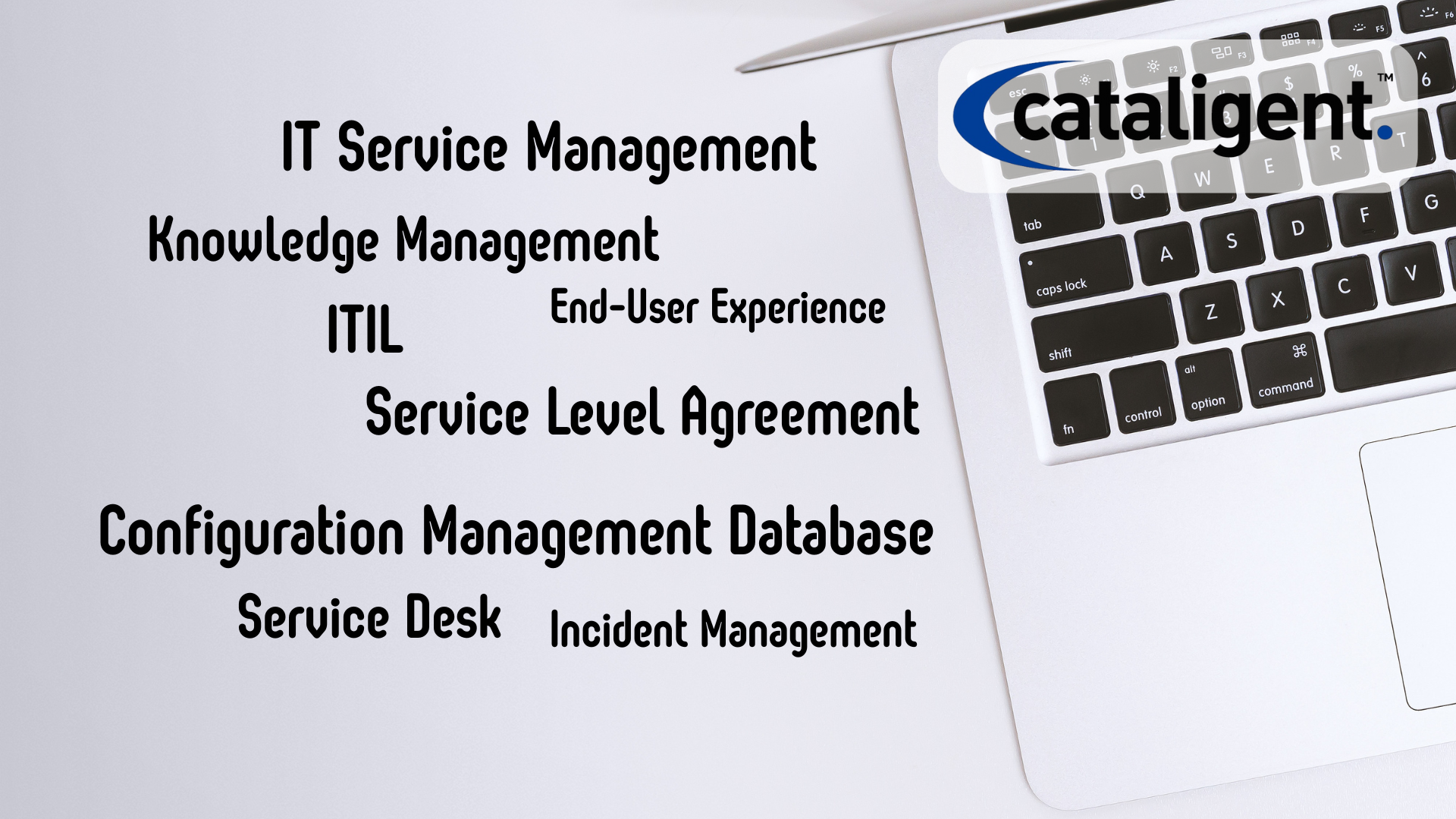In today’s IT Service Management (ITSM) landscape, understanding key terminologies is essential for IT professionals to optimize service delivery, improve incident resolution, and ensure a seamless customer experience. Whether you’re an IT support specialist, service desk manager, or a CIO strategizing IT operations, mastering these fundamental ITSM terms can enhance your efficiency and effectiveness.
1. IT Service Management (ITSM)
ITSM refers to the implementation and management of quality IT services that meet business needs. It involves a structured approach to designing, delivering, managing, and improving IT services within an organization, following ITIL (Information Technology Infrastructure Library) best practices.
2. Information Technology Infrastructure Library (ITIL)
ITIL is a globally recognized framework for ITSM that provides guidelines on best practices for delivering IT services. It helps organizations align IT services with business objectives through structured processes like incident management, problem management, and change management.
3. Incident Management
Incident management is the process of identifying, analyzing, and resolving incidents to restore services as quickly as possible. Effective incident management minimizes downtime and ensures business continuity. You can Learn more about Incident Management in ITSM via our previous post.
4. Service Desk
A service desk is the central communication point between IT teams and end users. It manages service requests, incident resolution, and user inquiries while following ITIL guidelines. An efficient service desk improves user satisfaction and operational efficiency.
5. Problem Management
Problem management focuses on identifying and eliminating the root causes of incidents to prevent future occurrences. It includes both reactive (addressing existing issues) and proactive (preventing potential issues) approaches.
6. Change Management
Change management is the structured approach to implementing changes in IT services without disrupting business operations. It ensures that all changes are evaluated, tested, and deployed with minimal risk.
7. Configuration Management Database (CMDB)
A CMDB stores information about IT assets, configurations, and their relationships. It helps IT teams maintain accurate records, improve asset management, and ensure compliance.
8. Service Level Agreement (SLA)
An SLA is a contractual agreement between an IT service provider and its customers, defining the level of service expected, response times, and responsibilities. Meeting SLA targets is critical for customer satisfaction and compliance.
9. Operational Level Agreement (OLA)
An OLA is an internal agreement between IT teams that defines how different service teams support SLAs to ensure seamless IT operations.
10. Key Performance Indicators (KPIs) in ITSM
KPIs measure the effectiveness of ITSM processes. Common ITSM KPIs include:
- Mean Time to Resolution (MTTR) – Average time to resolve an incident.
- First Call Resolution (FCR) – Percentage of issues resolved in the first interaction.
- Customer Satisfaction Score (CSAT) – Measures user satisfaction with IT services.
11. Knowledge Management
Knowledge management is the process of capturing, organizing, and sharing IT knowledge within an organization. It enables IT teams to document solutions, troubleshoot issues faster, and reduce recurring incidents.
12. IT Asset Management (ITAM)
ITAM involves tracking and managing IT assets (hardware, software, licenses, etc.) to optimize costs, ensure compliance, and enhance security.
13. Service Request Management
This process handles user requests for standard services, such as password resets, software installations, or access permissions. Service requests differ from incidents as they are pre-defined and do not indicate service disruptions.
14. IT Governance
IT governance ensures that IT strategies align with business goals while maintaining compliance, security, and risk management. Frameworks like COBIT (Control Objectives for Information and Related Technologies) help establish IT governance policies.
15. Root Cause Analysis (RCA)
RCA is a problem-solving technique that identifies the fundamental cause of an incident to prevent recurrence. RCA is critical in problem management.
16. Self-Service Portal
A self-service portal allows end users to access IT services, submit requests, and find solutions to common issues without IT intervention, improving efficiency and reducing workload on the IT support team.
17. End-User Experience Management (EUEM)
EUEM focuses on monitoring and optimizing the experience of end users interacting with IT services. It helps businesses understand user satisfaction and enhance IT service delivery.
18. Service Portfolio Management
This involves managing the entire lifecycle of IT services, from ideation to retirement, ensuring alignment with business needs and value delivery.
19. IT Operations Management (ITOM)
ITOM includes processes and tools that optimize IT infrastructure performance, monitor IT services, and ensure smooth daily operations.
20. DevOps and ITSM Integration
Integrating DevOps with ITSM fosters collaboration between development and IT operations teams, streamlining deployments, reducing incidents, and enhancing agility.
Conclusion
Cataligent is a trusted provider of ITSM solutions, helping businesses streamline their IT operations with best-in-class frameworks and automation tools. With expertise in incident management, ITIL implementation, and IT governance, Cataligent ensures that IT teams achieve operational excellence while enhancing end-user satisfaction. Whether you need service desk optimization, change management implementation, or IT asset management, Cataligent provides tailored solutions that drive business success.
To learn more about how Cataligent can transform your ITSM processes, visit their official website today!

